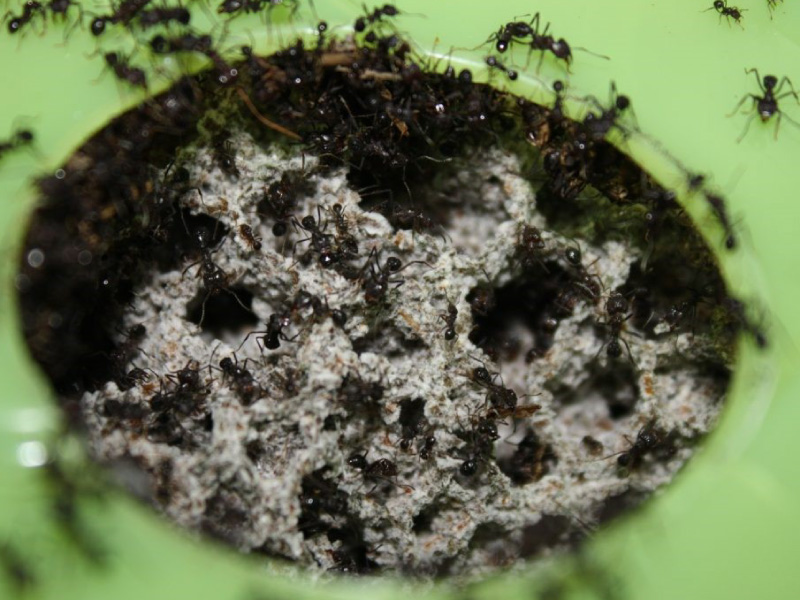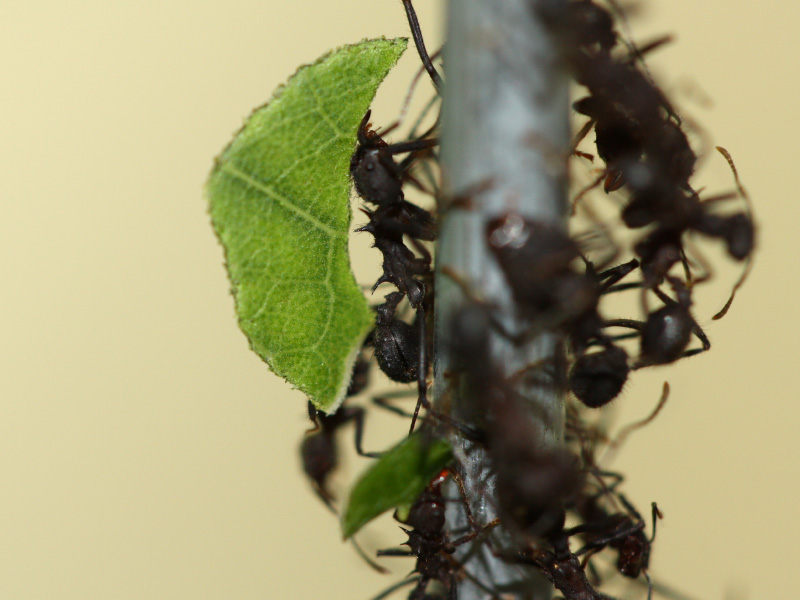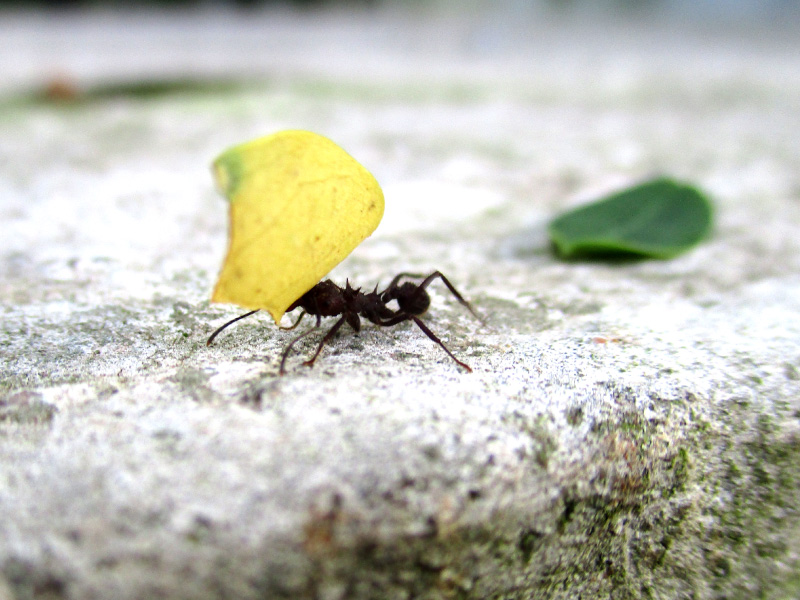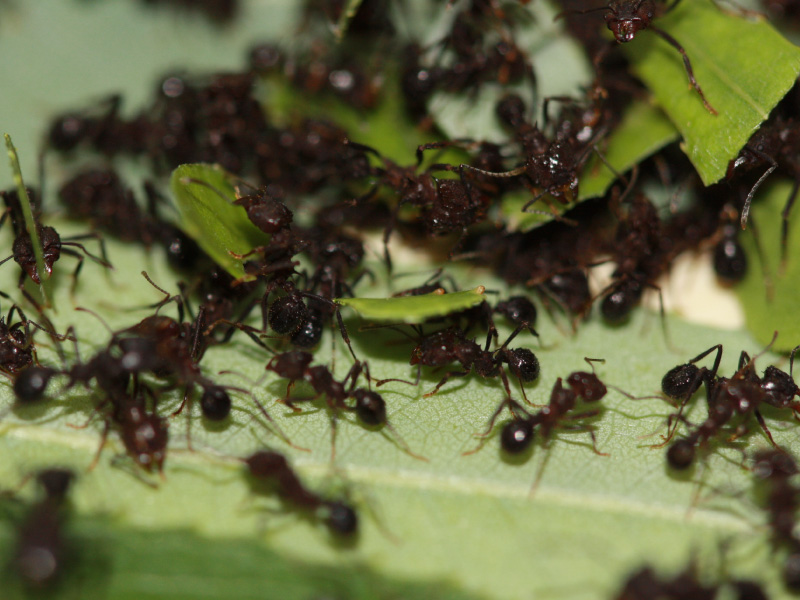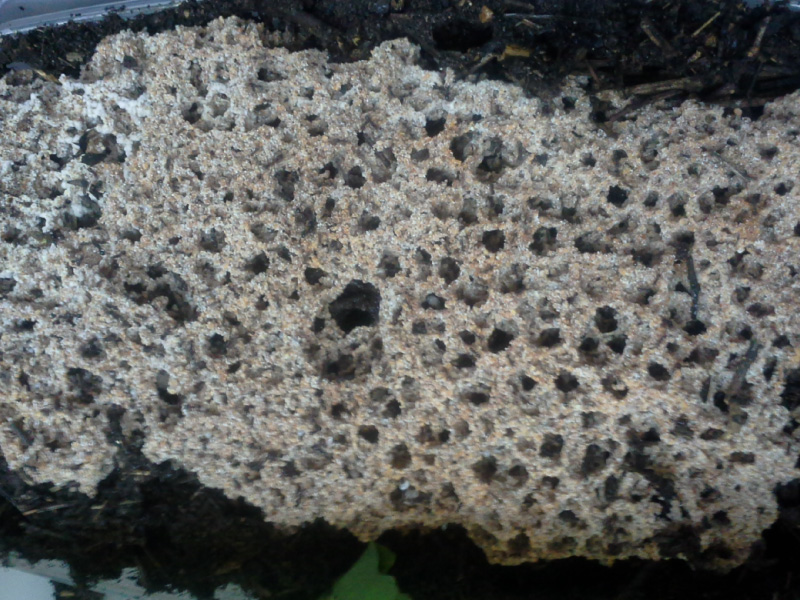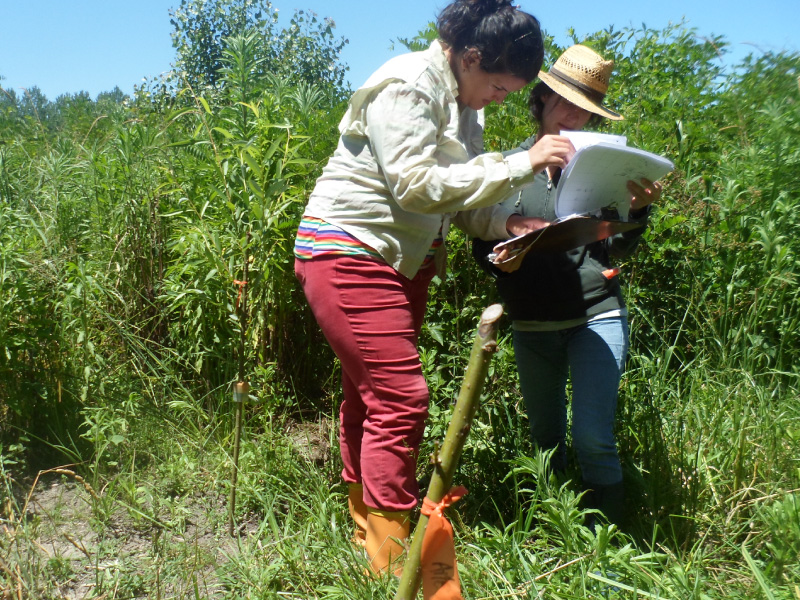30 Abr Atta spp., Acromyrmex spp. (Leaf-cutting ants)
Atta spp., Acromyrmex spp. (Leaf-cutting ants)
Leaf-cutting ants (Acromyrmex and Atta spp.) are one of the most important herbivores and one of the worst pests of the Neotropics. They produce several billion-dollar losses annually.
The growth rate and survival of many crops is damaged by the defoliation of leaf-cutting ants. The attack in forest plantations on young plants causes a 32% reduction in tree height, 25% in trunk circumference and 60% in timber production. Despite the relevance of leaf-cutting ants as forest and vineyard pests, very little is known about the levels of damage and the factors that influence their preferences and intensity of defoliation in Argentina.
In addition, very little is known about the biogeography, ecology, genetics, and physiology of most species of the Acromyrmex genus x and their fungus gardens. The aim of this project is (1) to study the geographic distribution, taxonomy, phylogenetic relationships, ecology, and physiology of leaf-cutting ants in southern South America, and (2) to determine the level of damage of the most harmful leaf-cutting ant species, in forest plantations and vineyards in Argentina, in order to identify factors that affect their herbivory patterns. This project is within the framework of a Scientific and Technological Research Project (PICT-FONCyT) aimed at decreasing their impact in the region.
Staff:
Luis Calcaterra
Andrés Sanches Restrepo
Nadia Jiménez
Cooperators:
Martín Bollazzi, Universidad de La República, Uruguay; Cristian Rabeling, Universidad de Arizona; Viviana Confalonieri, GIFF, FCEN-UBA/CONICET; Pablo Schilman, Laboratorio de Ecofisiología de Insectos, FCEN-UBA/CONICET; Emilse Amatta, Stella Giannoni, UNSJ/CONICET; Natalia Yela, Adriana Aranda-Rickert, CRILAR, CONICET.

